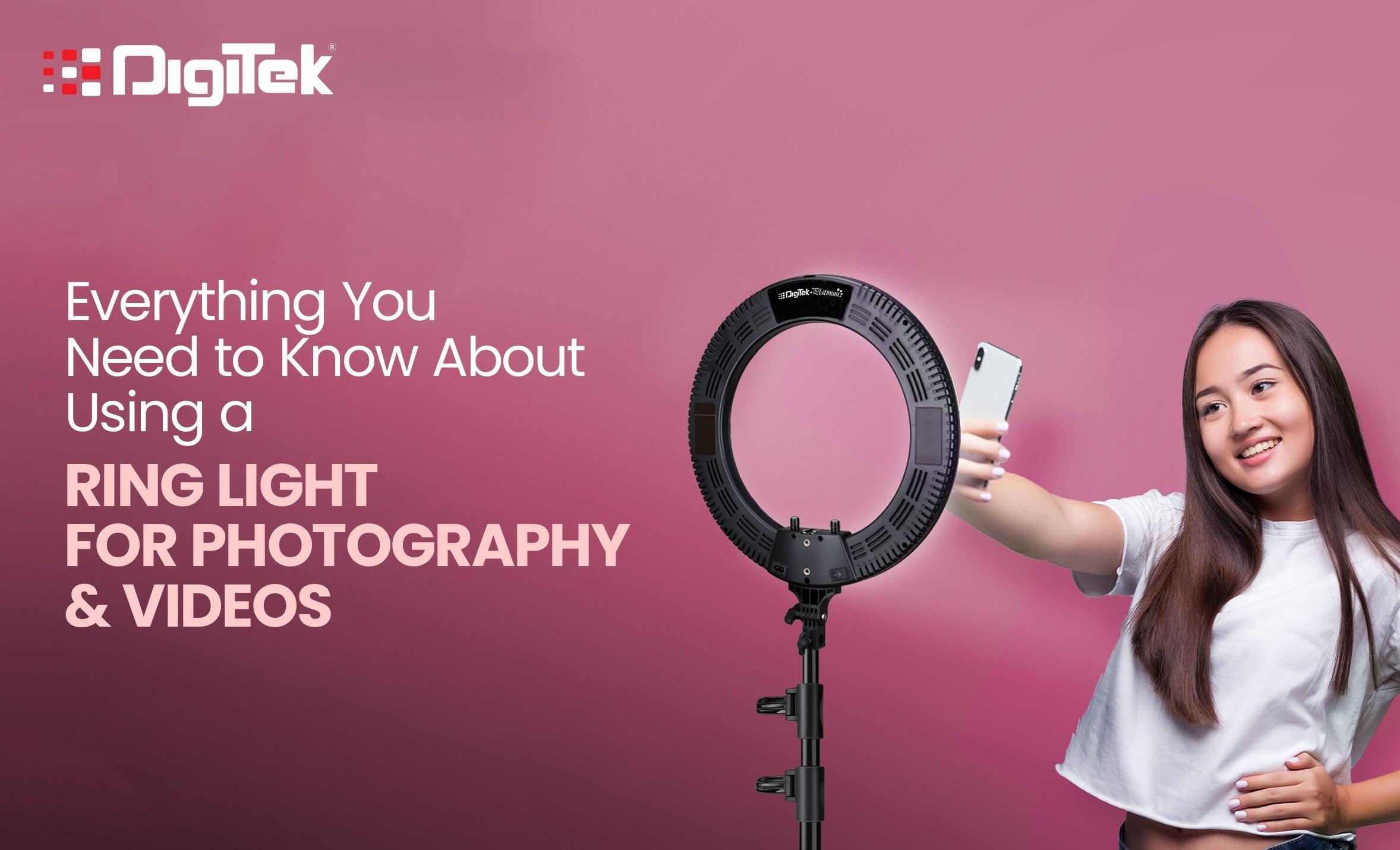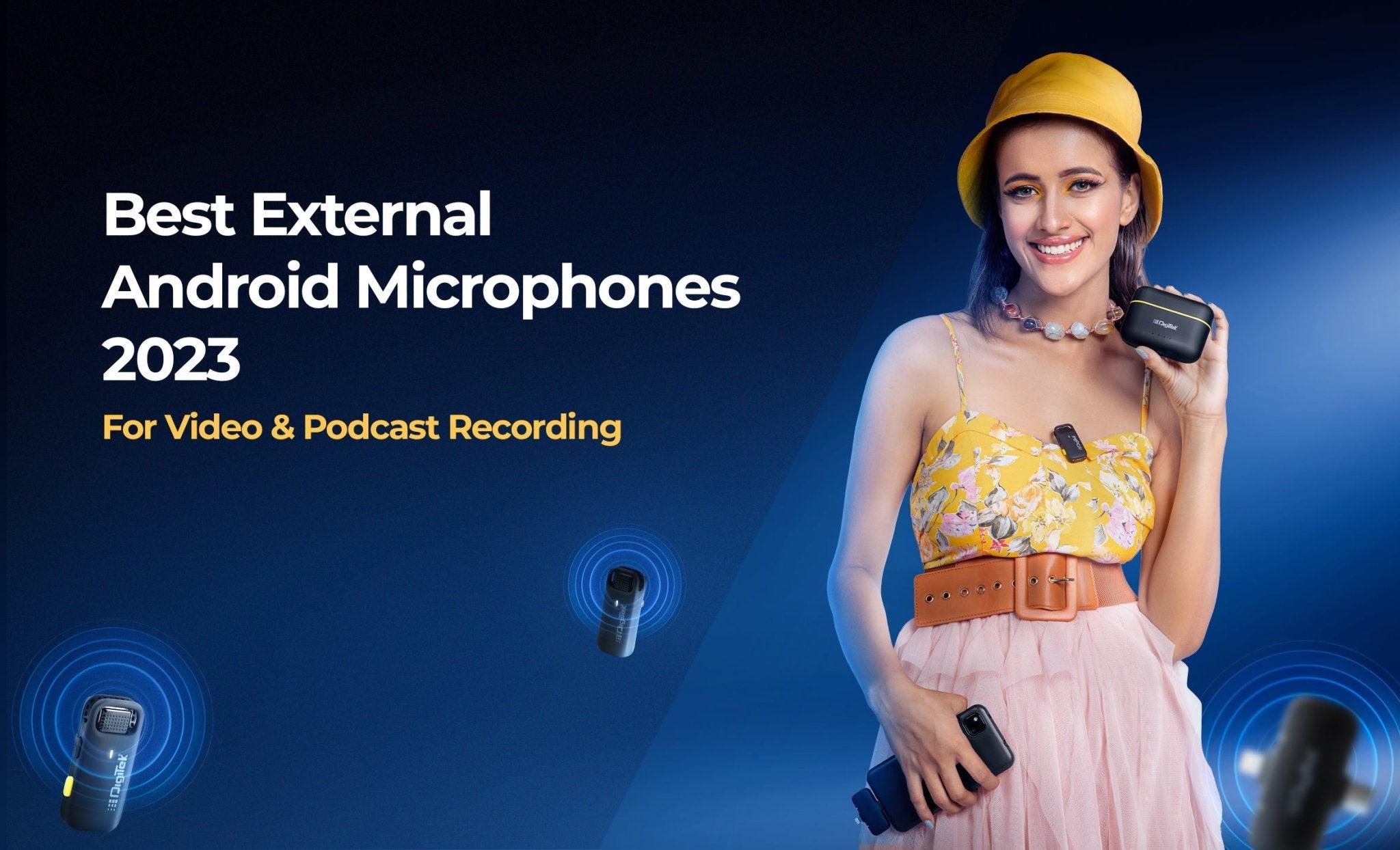Welcome to the world of photography! A tripod may seem cumbersome, but this impressive equipment is an absolute game changer and can take your photojournalism to the next level.
The first question that arrives is, do you need a tripod? A large crowd would believe NOT. Maybe you are very comfortable with soft and blurry images. Maybe low-light photography is not your thing. Maybe HDR and long exposure shots are just a far-fetched dream. Maybe, but on second thought, who wouldn't love to look sharp and enjoy some long-exposure pictures? The three-legged stand will allow you to capture the perfect with some edge of creativity. Present in every photographer's arsenal, a tripod will let you hone your skills. Whether you are a professional photographer or a serious hobbyist, it is a must-have accessory for your camera.
To an untrained eye, all tripods will look the same. Let us step in for the tripod buying guide and everything more your mind is curious about.
What is a Tripod?
A tripod is a three-legged stand in a triangular design to support the weight of a camera. Also referred to as sticks, the portable apparatus is primarily used to balance a camera or any other photographic device. The three-sided construction also intends to eliminate shaky pictures. A tripod comes in four major parts in varied models, makes, and price points.
Head- This tripod part holds the lens or camera in place. A tripod comprises different types of heads; however, the most common ones include ball-heads, pan-tilt and fluid heads.
Legs- The most crucial component and the backbone of a tripod. They are usually made of basalt, aluminium, carbon fiber or steel. The tripod legs also play a pivotal role in adjusting the system's height.
Feet- Along with the legs, feet also contribute significantly to maintaining a tripod's stability. A tripod can certainly wobble without grippy feet. Also, some high-end and excellent-quality tripods are accompanied by detachable foot spikes to ensure no movement.
Center Column- Here's a part which will further raise the tripod height. It's almost a necessity in the case of high-angle shots.
7 Things to Consider Before Buying A TRIPOD:
Your cursory online research comes to an end. Here's a checklist to save you from indulging in an inefficient product.
Tripod Weight
Begin with considering the weight. Every tripod will come with a mentioned weight; make sure it is 1.5 times more than your camera weight. A heavy tripod can conveniently hold a large camera without any pressure. If the tripod is twice the weight of your camera, even better. It will be completely stable for a long-exposure angle. In the case of low-weight equipment, sooner or later, it will break with the stress of the equipment.
Tripod Height
The thumb rule when buying a tripod is that the equipment should match your eye level. The tripod must match your height so you can comfortably look into the viewfinder. A taller tripod is a better option than a shorter one because the legs of a taller tripod can be adjusted to the eye level, but the shorter one cannot be elevated. You will find yourself in sheer inconvenience by bending throughout. In the case of a tripod with a separate head, the equipment must reach your shoulder level, and in regards to an attached head, it shouldn't exceed your jaw level.
Tripod Material
The material of a tripod will define the weight and durability to a large extent. Tripods are most likely constructed with aluminium, carbon fiber, basalt and stainless steel. A high-quality tripod is always fabricated with carbon fiber or aluminium.
For starters, investing in a carbon fiber tripod is a great idea. It is light in weight, easy to use and super durable. These tripods are scratch and weather-resistant. Most importantly, they feel and look nice. The only glitch is that carbon fiber is priced on the higher side. An aluminium tripod is another option that is very easy to use and a lot cheaper than its predecessor. However, they are very heavy in weight, with the downside of getting rusty.
Tripod center column
Here's a debatable question, is a tripod center column essential? It is similar to a monopod with the main purpose of extending the height of a camera. Place it on top of a tripod and simply move it upwards or downwards to adjust the height. An amazing high-angle shot solution allows a tripod to reach an exceptional maximum height. One important aspect of consideration is the stability of a center column/monopod; it must not wobble.
Tripod head
Here's an important part of the system- the tripod head. It is solely responsible for controlling the camera movement. There are four types of tripod heads, and one must factor in their weight.
Pan-tilt head: It is the most common type of tripod head and comes in-built in cheaper options. Pan-tilt is either in single or dual handles for horizontal or horizontal and vertical movements, respectively.
Ball head: This is one step ahead of the basic tripod head. It offers smooth operation (one knob) and better control. A ball head allows grip adjustment with much ease and flexibility. Rightly concluded, the component is designed for advanced users.
Fluid head: A fluid head is especially designed for videographers along with some photography interests. As the name suggests, there is a fluid inside for steady and smooth shots. A fluid head is a quintessential choice and allows a smooth transition between frames. Also, they are one of the costliest tripod head options.
Gimbal head: Here's a tripod head designed for large and heavy 300 mm + lenses. The gimbal head perfectly balances the heavy lens and camera without any movement restriction. It is best suited for fast-action photography. Most professional camera tripods are incorporated with a gimbal head.
Tripod legs and feet
Tripod legs and feet play an important role in providing stability, thereby enhancing the outcome of photography/videography. Tripod legs come in tubular and non-tubular forms with a twist-lock or a flip-lock system. Also, some newfangled tripods include replacing the tripod feet with rubber or metal spikes. This works well in the case of a slippery platform.
Quick release system
A quick release system/plate is outlined for quick captures without having to screw and unscrew the tripod head. A quick-release plate allows easy attaching of the camera to a tripod without rotating any part. These systems either come with a twist-lock or a latch-locking mechanism. Budgeted tripods come with a plastic plate, whereas premium tripods come with a durable plate.
One Last Thought:
And that's a wrap to the tripod buying guide. A good tripod can last you a lifespan. You can sprucely capture photographs in low-lights, long exposures, and sharper and dreamy images. If you have been sitting on the fence for a while, it's about time you get hold of the best tripod. Your camera will gladly thank you. Pay heed to these 7 things to consider when buying a tripod to get rid of pixellated pictures and welcome versatility.
PS: Every image is a story. Capture it right!





Leave a comment
This site is protected by hCaptcha and the hCaptcha Privacy Policy and Terms of Service apply.